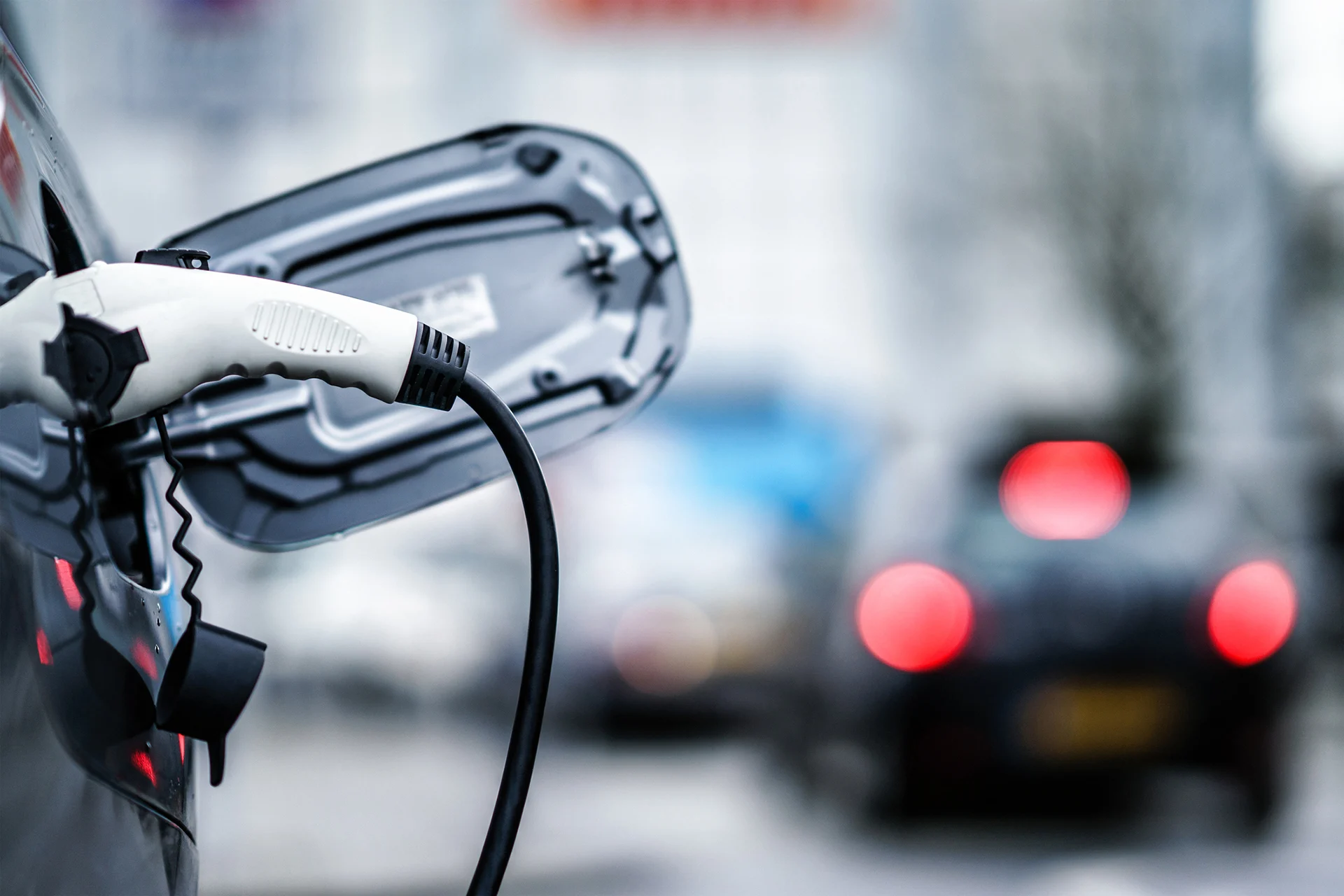
Lyft announces ‘100 percent’ of its vehicles will be electric by 2030
The company says that drivers, riders and communities will benefit from lower greenhouse gas emissions and will be exposed to less smog and air pollution.
Lyft announced on June 17 that 100 per cent of their vehicles will be electric by 2030.
The popular ride-hailing company’s website outlines its commitment and says the COVID-19 pandemic provided an opportunity to rebuild its business to offer a cleaner and more sustainable option.
“Rather than hunker down and ride out COVID-19, we chose to stand up and accelerate our efforts to address the climate crisis. With transportation recently overtaking electricity as the single largest source of planet-disrupting greenhouse gas (GHG) pollution in the US and the second-largest source in Canada, we believe now is the time for Lyft to lead a radical shift in strategy,” the website states.
The company plans to use 100 per cent electric vehicles (EVs) by 2030 and is collaborating with the Environment Defense Fund to reach this goal. Lyft estimates that transitioning to more environmentally-friendly vehicles will avoid the release of “tens of millions of metric tons of GHG emissions and [will] reduce gasoline consumption by more than a billion gallons over the next decade.”
Lyft announced on June 17 that 100 per cent of their vehicles will be electric by 2030.
In addition to reducing greenhouse gas emissions, Lyft says that drivers, riders and communities will experience health benefits by being exposed to less smog and air pollution.
The cost of EVs is addressed in the announcement, and the company says “Although the upfront cost of EVs today is higher than gas-powered cars, EVs have lower fuel and maintenance costs that mean lower costs for drivers over the life of the vehicle.”
While drivers will have to pay for their own vehicles, the company will negotiate with automakers to offer drivers group discounts and will work with policymakers and other partners to reduce the costs of EVs.

Photo Credit: Getty Images
HOW ‘GREEN’ ARE ELECTRIC CARS?
A common concern with EVs is the electricity that is needed to build them because it is often sourced from fossil fuels. The EV manufacturing process typically releases high levels of carbon dioxide, which prompted a group of researchers in the United Kingdom and the Netherlands to investigate the amount of emissions an EV releases during its lifetime.
The team’s research was published in Nature Sustainability and found that the average lifetime emissions from electric cars are up to 70 per cent lower than cars fueled by gasoline in countries like Sweden and France and around 30 per cent lower in the UK.
The researchers also found that every other car in the UK could be electric by 2050, which would reduce global carbon dioxide emissions by up to 1.5 gigatons per year, an amount that is currently equivalent to Russia’s annual carbon dioxide emissions.
THE DIRTY REALITY OF THE TRANSPORTATION SECTOR
In the U.S. the transportation sector is the biggest source of carbon emissions and is the second largest in Canada (after oil and gas). While companies like Uber and Lyft are occasionally advertised as more sustainable options to driving a private vehicle, a report by the Union of Concerned Scientists released in February 2020 found that ride-hailing trips release 69 per cent more climate-warming emissions on average than the trips they displace.
Ride-hailing is particularly popular in dense urban areas and the researchers say that choosing to take Uber or Lyft replaces the option of mass transit, walking, or biking, all of which produce fewer or zero carbon emissions.
The same concerns were echoed by a 2019 report conducted by California Air Resources Board, which states that ride-hailing increases carbon dioxide pollution by 50 per cent for every mile a passenger travels compared to when they drive themselves.
These reports say that ride-hailing vehicles are not polluting more than others, but create significant emissions from the distance that drivers travel between riders. This extra travel can make up almost 40 per cent of the total distance driven by ride-hailing vehicles.
The report from the Union of Concerned Scientists says that the ride-hailing industry can implement several strategies to reduce their harmful impacts on the climate by using EVs and increasing pooled trips.
“An electric, non-pooled, ride-hailing trip can cut emissions by about 53 per cent; an electric, pooled ride-hailing trip can cut emissions by about 68 per cent compared with a private vehicle trip in the average car (or about 79 per cent compared with a non-pooled ride-hailing trip).”
Top Photo Credit: Getty Images











